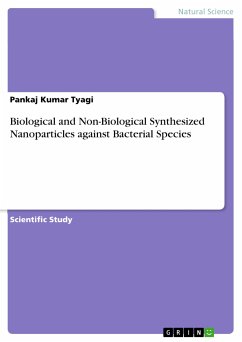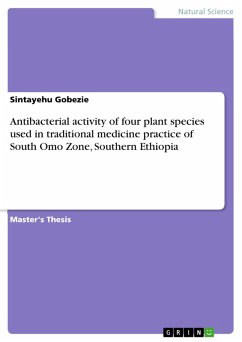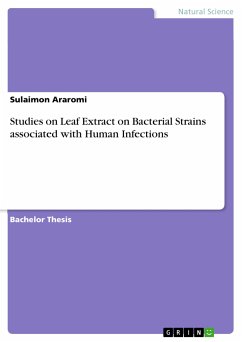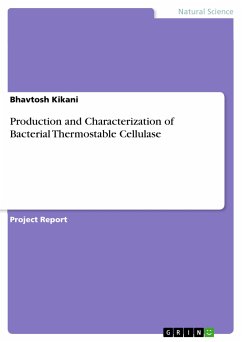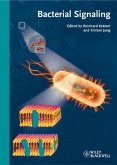Scientific Study from the year 2018 in the subject Biology - Micro- and Molecular Biology, grade: 1, , language: English, abstract: Conventional synthesis of nanoparticles chemically releases toxic byproducts so there was a sudden shift towards the synthesis of nanoparticles through biological methods as it was assumed that biosynthesized nanoparticles would not be toxic. The present study aims at comparative toxicity analysis of chemically and biologically synthesized copper oxide and silver nanoparticles. Biologically synthesized copper oxide and silver nanoparticles were subjected to antimicrobial activity against five bacterial species at different dilution rate (20%, 50%, 70% and 100%). The result obtained for this was that for silver nanoparticles synthesized chemically E.coli was susceptible at 20% and 50% dilution rate. At 70% dilution rate for copper oxide nanoparticles synthesized chemically two bacterial species i.e. E.aerogens and P.aeroginosa were highly susceptible but other three species were susceptible.
Dieser Download kann aus rechtlichen Gründen nur mit Rechnungsadresse in A, B, BG, CY, CZ, D, DK, EW, E, FIN, F, GR, HR, H, IRL, I, LT, L, LR, M, NL, PL, P, R, S, SLO, SK ausgeliefert werden.

